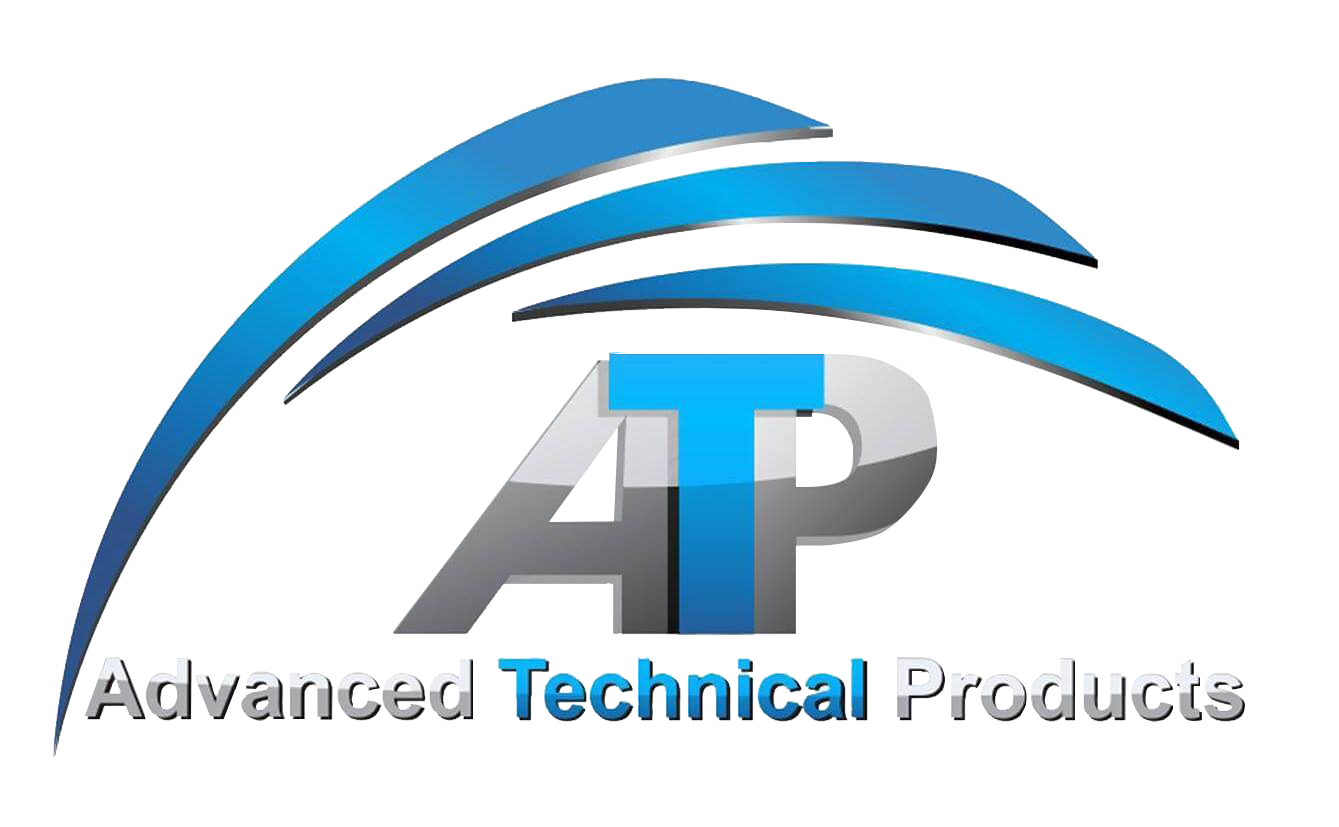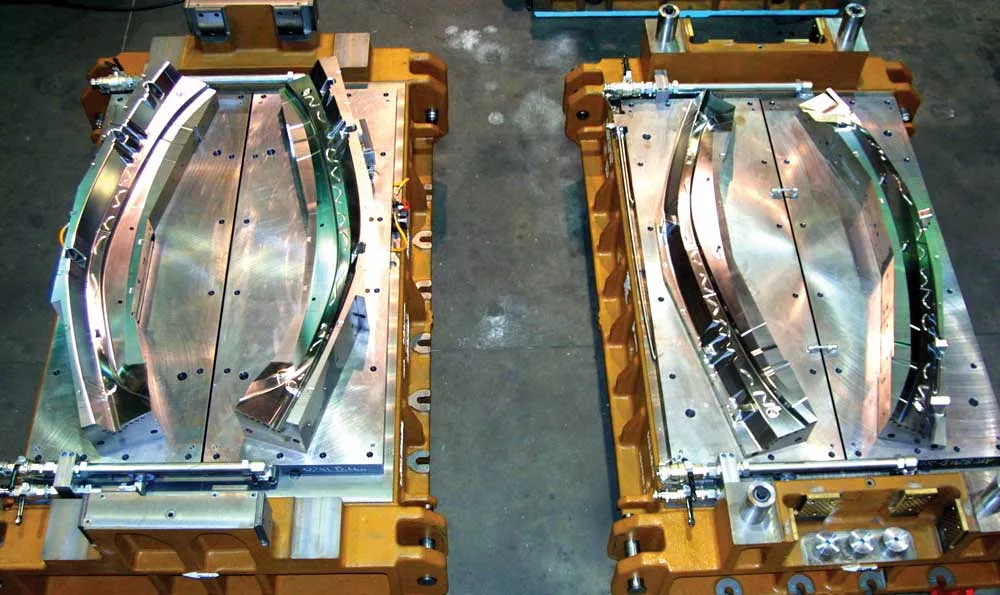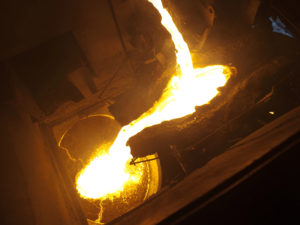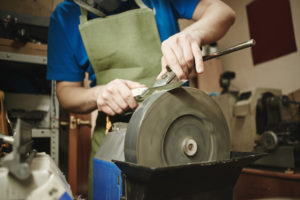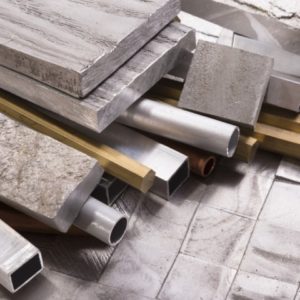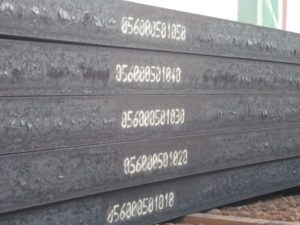As it is heated in a 900+-degree-C furnace, hot stamp blank material becomes very sticky, resulting in friction coefficients of 40 percent or more. Material coatings used to prevent decarburization and scale formation during blank heating can be very abrasive to tool surfaces. No lubricants can be used because of the ultrahigh temperatures. As a result, managing friction is critical to avoid excessive thinning, splitting, and cracking in the part, as well as excessive die wear from the abrasion.
Mitigating Friction
Several methods are used to control friction. The part may be crash-formed without pressure pads when part geometry allows the free flow of material into the die cavity during forming. This is possible if there is not too much surface contact between the blank and die.
However, other methods are needed to control the part during forming to prevent its unintended lateral shifting, which would create the need for extra material addenda and post-forming trimming. Edge or pin gauges commonly are used to locate the blank during die loading. Stick pads may be used to grip or form the material in the center of the part. This is the opposite of most large cold stamping operations during which draw beads control material movement and ensure sufficient material stretch to remove loose metal and achieve a consistent form.
Because no lubrication is used and the material is very sticky, the primary forming challenges are friction-induced wrinkling of the material and keeping it hot enough to avoid hardening before the part is fully formed.
As soon as the heated material contacts the much colder die (typically below 200 degrees C), the heat starts transferring to the die, starting the rapid quench process. Consequently, forming should be done very quickly (usually in less than one second after the blank contacts the die) to ensure that the part remains pliable until it is fully formed. Minimizing the surface contact of the material being formed until the last part of the stroke will improve the process generally, and friction-caused thinning will be reduced.
While crash forming often will be the best die process, compression of flanges on the inside radii can cause wrinkling, with unacceptable distortion, or double metal after forming. In this case, a wrinkle control gapped pad is used to prevent excessive wrinkle height from forming. Nitrogen cylinders hold the pad apart to allow free metal flow into the cavity. These gap cylinders are compressed at the bottom of stroke to iron out the wrinkles before quenching.
To further complicate the situation, the blank expands when it is heated and the part shrinks after it cools off during quench. This makes it more difficult to gauge and control the part during forming, since gauging has to accommodate the shrinkage without losing effectiveness and allowing the part to move. That would be counterproductive to any attempts to use developed trim lines to reduce the cost of secondary laser cutting operations for trimming edges and cutting holes.
One of the more recent developments is hot piercing in form dies. After the part is fully formed at the bottom of stroke, holes are pierced before the part hardens. These holes can be used for finished part holes or they can be used as sacrificial manufacturing holes, often for locating the formed part in secondary laser cutting operations.
Hot trimming is also possible, and if it can eliminate laser trimming, it may be a viable strategy. However, both hot piercing and hot trimming are complex and are considered high-maintenance.
Read more: Dies for hot stamping
